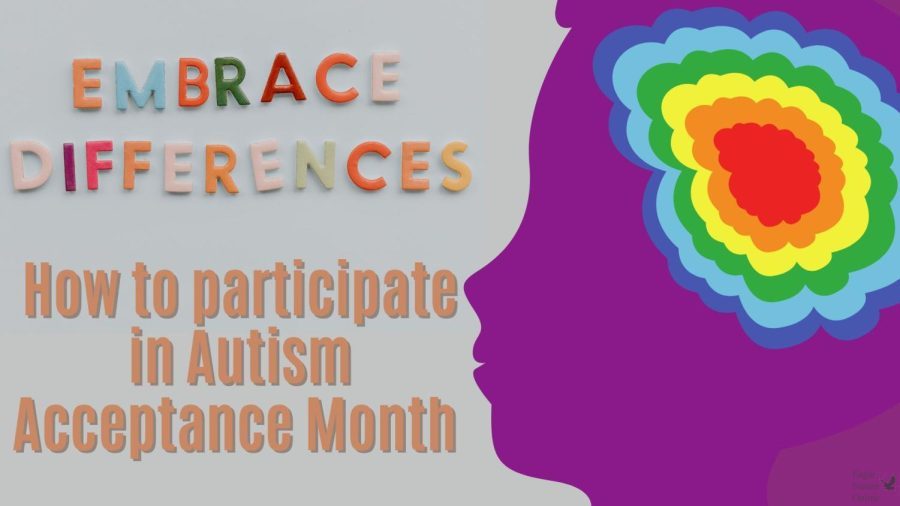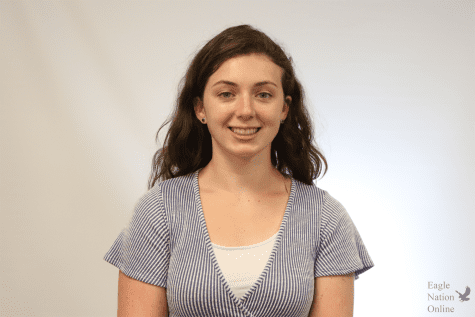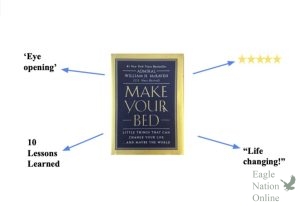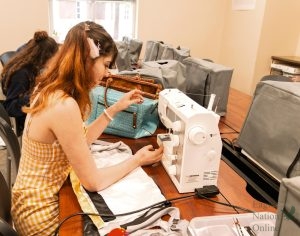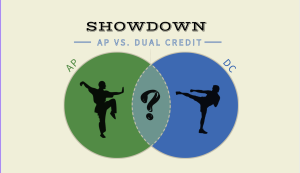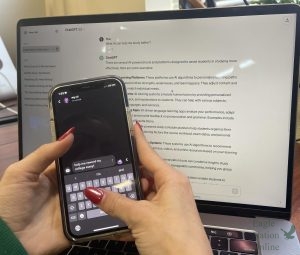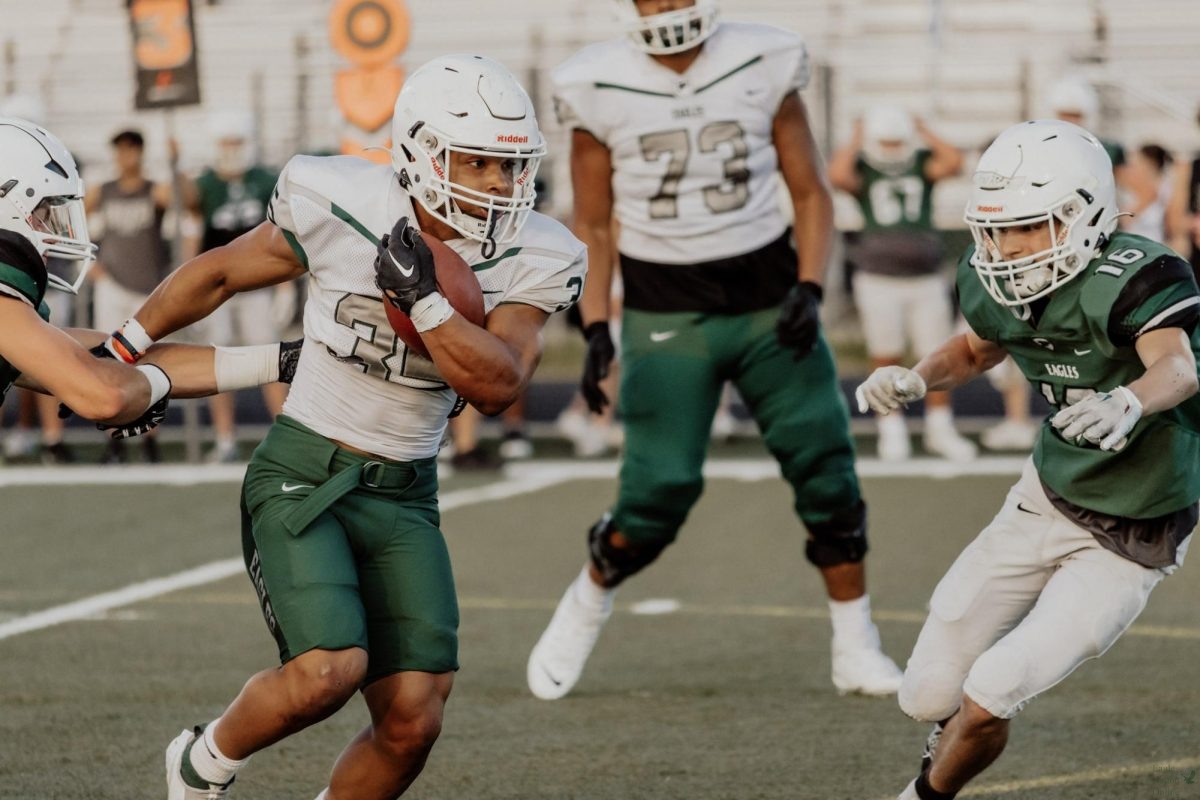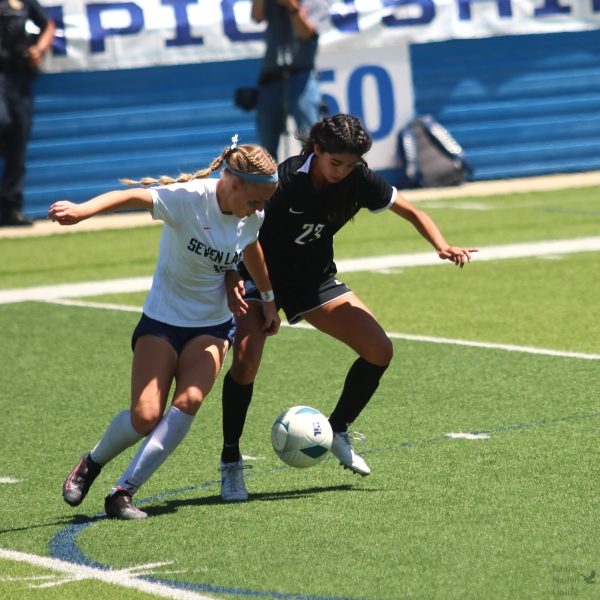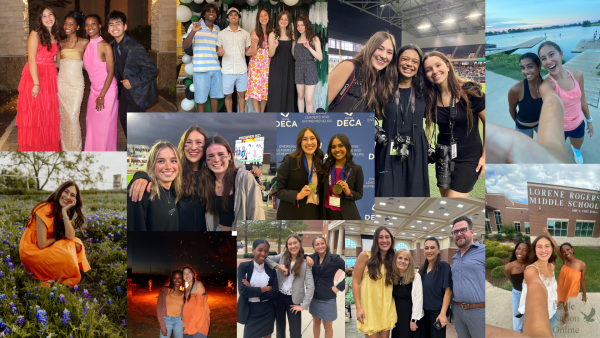Column: How to participate in Autism Acceptance Month
Writer shares own experiences and how to help others
In a graphic created in Canva, “Embrace Differences” reads in magnet letters next to a child’s profile, with a colorful brain. Multiple colors in the brain are often used as a symbol for autism, referencing the variety of experiences on the spectrum. April has been observed as Autism Awareness Month since the 1970s but in recent years has had a push to be changed to “Autism Acceptance Month.”
April 6, 2023
Since the 1970s, April has been observed as “Autism Awareness Month,” but in recent years the name changed to “Autism Acceptance Month.” While some may feel that there was no need for a change in the name, being “aware” of autism means nothing without acceptance.

There are many stereotypes for those with autism, from “liking trains” to only being prevalent in boys. Obviously, these are stereotypes and are not true. The stereotype of autism being a “boys disability” comes from studies that have shown boys being able to get diagnosed earlier in life rather than girls. According to the National Library of Medicine in the National Center for Biotechnology Information, the ratio of boys diagnosed with autism to girls diagnosed is closer to 3:1 rather than the presumed 4 or 5 to 1. This is due to diagnosing bias – autism isn’t something only one gender can experience.
My younger brother, Seamus, was diagnosed with autism when he was two years old. He was walking and growing just fine, but he wasn’t able to talk. My brother is non-verbal, but that doesn’t mean that he experiences autism the same way someone else might.
The autism spectrum is commonly used to describe the wide array of different experiences autistic people may have. Some may be much more sensitive in high sensory situations (such as not liking loud noises or refusing a certain texture,) some may struggle focusing or learning in school and others may struggle more with social cues. Autism is a spectrum, in the sense that two autistic people could have very different experiences throughout their life. This means a diagnosis can sometimes be difficult to get because of how wide the spectrum is.
I think it’s important for people to understand that just “being aware” of autism is not really helpful. “Awareness” could very well be staring at someone who is acting differently. That doesn’t do anything. Acceptance helps as it brings people to an understanding of both the struggles someone with autism may face and how you can help those with autism.
Els for Autism Foundation and the 100 Hole Hike
Professional golf player Ernie Els created a foundation to support autistic people, inspired by his son, Ben, who is autistic. Els’ nonprofit foundation was established in 2009, and works to “transform the lives of people with autism and those who care for them through lifetime services and collaborative partnerships.”
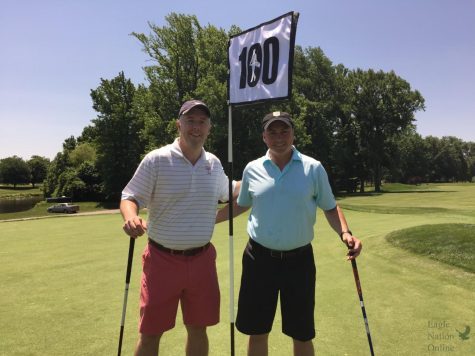
Since the foundation is a nonprofit, it does get a majority of its help from donations. One charity that has contributed is the 100 Hole Hike, where participants play six rounds of golf (so really 108 holes) in one day to raise money for a charity of their choice.
In 2013, my dad, Kevin Vedder, started to participate in this challenge with his charity of choice – Els for Autism, in honor of my brother. Later on, money that was raised was also donated to Seamus’ school, Crossroads. For seven years, my dad would set a day he would play these rounds of golf, typically in early July and start playing at 5 a.m.
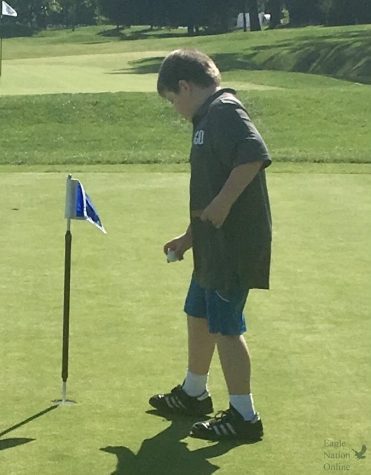
2019 was unfortunately the last year my dad was able to do this, with COVID-19 preventing it in 2020, and my family moving from New Jersey to Texas in 2021. While he hasn’t been able to do this in a while, he does hope to be able to continue with it at some point in the near future.
Although he was doing it for charity, my dad found it to be a good way to help people become more aware and accepting of autistic people, and he enjoyed doing it. Since news would spread of what my dad was doing, more and more people became aware of it quickly and supported not just my dad, but also Seamus.
What can you do to support autistic people this month?
Obviously you should be accepting of autistic people (and anyone) no matter what month it is, but if you want to do some things in honor of the month, here are some things you can do.
Do your research
If you want to learn more about autism, you should research about the best ways to accommodate those with it. Prosper ISD’s Family Resource Center provides a variety of information about autism in general, but also how to help and best benefit those with it.
Autism is a neurological developmental disability that typically impacts the ability to communicate and interact with others. Now you are “aware” of autism, but as stated before, simply knowing that autism exists doesn’t do anything for anyone.
Research is a step towards acceptance. The more you know about something, you can begin to understand it. Once you can understand something, it is easier to accept it and reduce the stigma around it.
Learn about, or donate to autism foundations
There are a variety of organizations and foundations that are raising money to make society more accessible for autistic people and others with disabilities.
Donations are not the only thing you can do to help, but if you’re looking for charities or organizations to support, this would be a great place to start.
However, you should do research on the organizations you plan on helping before donating. Learning about what the organization’s plan is to help autistic people is important to know. Many organizations that claim to help autism are putting their money into finding a cure, such as Autism Speaks, when in reality, we should be putting that money into helping make life more accepting and accessible for autistic people.
You could donate to foundations that are working to provide a more accommodating lifestyle for autistic people, look for local foundations that are helping the autism community, or even try to raise money with others to support an organization. You shouldn’t want to “end autism” because it’s not something you can get rid of. It’s not a disease, it’s not a disability, it’s a wonderful gift.
Be kind
This is something you can do every day, but once you have done research on the topic, you’ll know the ways to best help a classmate, student, friend, or family member who is autistic. Needs will vary from person to person, but just making them feel welcomed and safe with you is enough.
Autism has a stigma around it. I’ve watched people laugh at my brother for simply being who he is and that is not okay. If I’m upset about it, imagine how upset he must be. Kindness is a simple thing, but can come in many forms.
If you see someone getting made fun of, autistic or not, you should stick up for them. Bullying and harassment of someone over something they can’t control is never acceptable. When you confront someone about it, do it kindly, tell them why their actions are harmful to others.
Another way you could spread kindness is by showing understanding. For example, sometimes it is difficult for autistic students to learn in a typical school environment, a good way to help accommodate the needs of autistic students would be to understand that they may need breaks or extra time to complete tasks.
The best way to know how you can best help an autistic person is to just ask them. It’s important for everyone to feel welcomed and safe, and sometimes just asking how you can best do that for someone shows how much you care.
If it wasn’t obvious enough, autistic people are people. Everyone has their own struggles and strengths, so if you want to make someone with autism feel welcomed, just treat them like a friend. Learn about them, listen to them, talk, and communicate with them. Spreading kindness can really make a big difference.


